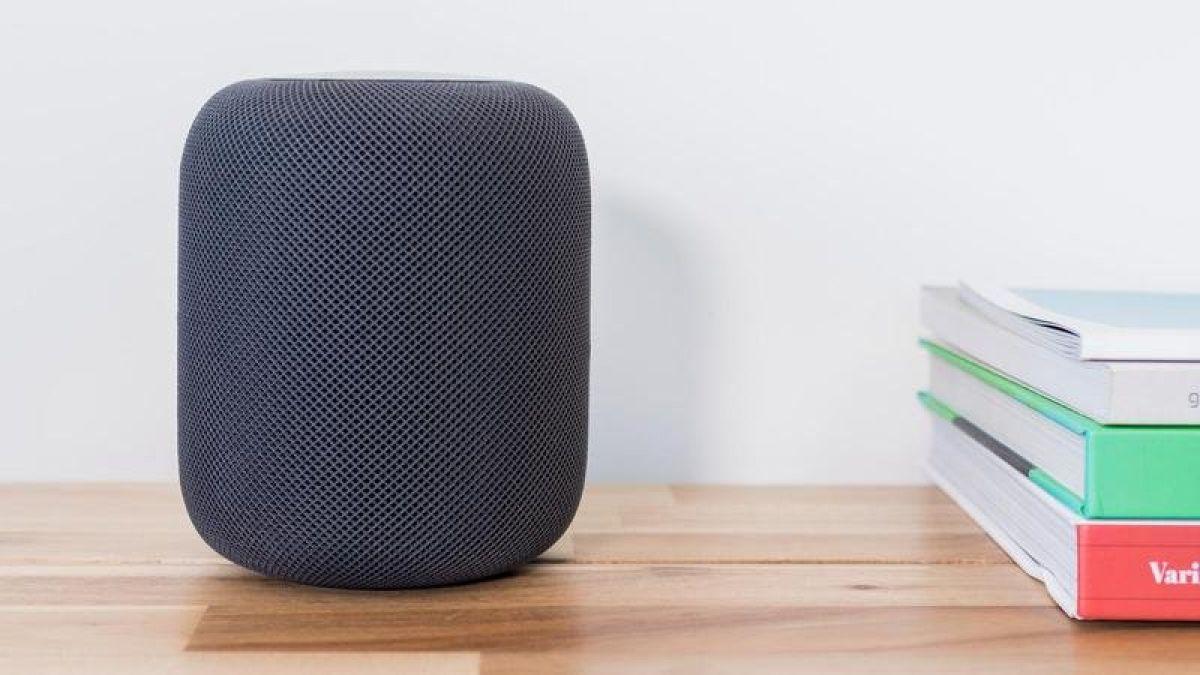Six head-scratching facts about the new HomePod
It’s been a busy week for Apple. On Tuesday, we got new chips, Mac minis, and MacBook Pros, and Wednesday brought the return of the full-sized HomePod, with a similar design and feature set as the original model as well as the same $299 price tag, about two years after it was discontinued.
And when you dig into it, things get even stranger. The new HomePod is actually quite different than the original model, but in subtle and confusing ways that won’t be all that noticeable to anyone buying one. Here are five facts about the new HomePod that have us scratching our heads:
The design isn’t exactly the same
At first glance (and second and third), the 2nd-gen HomePod seems to be identical to the original model. It has the same circular body, mesh exterior, and screen, but there are slight differences. For one, it’s 4mm shorter and 200 grams lighter. The screen at the top is bigger and now takes up the whole area. The “seamless mesh fabric” from the original model is now “acoustically transparent mesh fabric,” and Midnight has replaced Space Gray. That won’t make a visual difference unless you’re comparing a new one and an old one side by side, and it seems strange that Apple went through the trouble of redesigning the HomePod in such small ways.
You can’t create a stereo pair with a 1st-gen HomePod
One of the HomePod’s best features is its ability to create a stereo pair that “plays each channel in perfect harmony, creating a wider, more immersive soundstage than traditional stereo speakers.” It’s not a new feature, but there’s a catch: You can’t pair a new HomePod with an old one. For a stereo pair to work, you’ll need two of the same HomePods: a 1st gen with a 1st gen; mini with a mini; 2nd gen with a 2nd gen. It makes logical sense since the two have different specs, but it sure would have been nice for Apple to figure out a way to make the two play nicely together.

Foundry
It uses an Apple Watch chip
The original HomePod used Apple’s A8 processor, which had debuted in the iPhone 6 a few years earlier, as “the brains behind the advanced audio innovations.” When the HomePod mini arrived a few years later, Apple used an Apple Watch Series 5’s S5 chip to “achieve big sound out of such a compact design.” The 2nd-gen HomePod also uses an Apple Watch chip, the Apple Watch Series 7’s S7 processor, “to offer even more advanced computational audio.” That’s all well and good, but it’s hard not to think an A12 or A13 would provide a bit of future-proofing.
It still has an integrated power cable
One of the original HomePod’s biggest shortcomings was the integrated power cable—mainly because people naturally tried to disconnect it and sometimes ended up ruining their speakers. It’s possible that Apple changed the connector to stop that from happening, but based on photos, the HomePod still has the same permanently attached power cable on the rear of the device. A switch to a magnetic connector like the 24-inch iMac would have been a nice improvement.

The new HomePod may look identical to the old one, but it’s actually a bit different.
Foundry
It supports slower Wi-Fi
It’s weird enough that the new HomePod still has Bluetooth 5 instead of 5.3 (as found on new Macs and iPhones), but it actually has slower Wi-Fi than the original model. According to the tech specs, the first HomePod supported 802.11ac, better known as Wi-Fi 5 while the newer HomePod uses Wi-Fi 4 (802.11n). Perhaps it’s too much to ask for Wi-Fi 6E when the new iPhones don’t even support it, but we’re surprised to see the new HomePod uses a Wi-Fi standard as old as the iPhone 4.
The audio specs appear to be inferior
Here’s the strangest thing—based on the audio specs, the new HomePod isn’t as good as the original model. While it surely “delivers next-level acoustics” as Apple claims, a quick comparison of the tech specs shows two fewer horn-loaded tweeters (five vs. seven) and microphones (four vs. six). Of course, all speakers and microphones are not made the same and audio processing counts for a lot. It’s quite possible that Apple will get equal or better audio out of fewer speakers and microphones.
For all the latest Technology News Click Here
For the latest news and updates, follow us on Google News.
